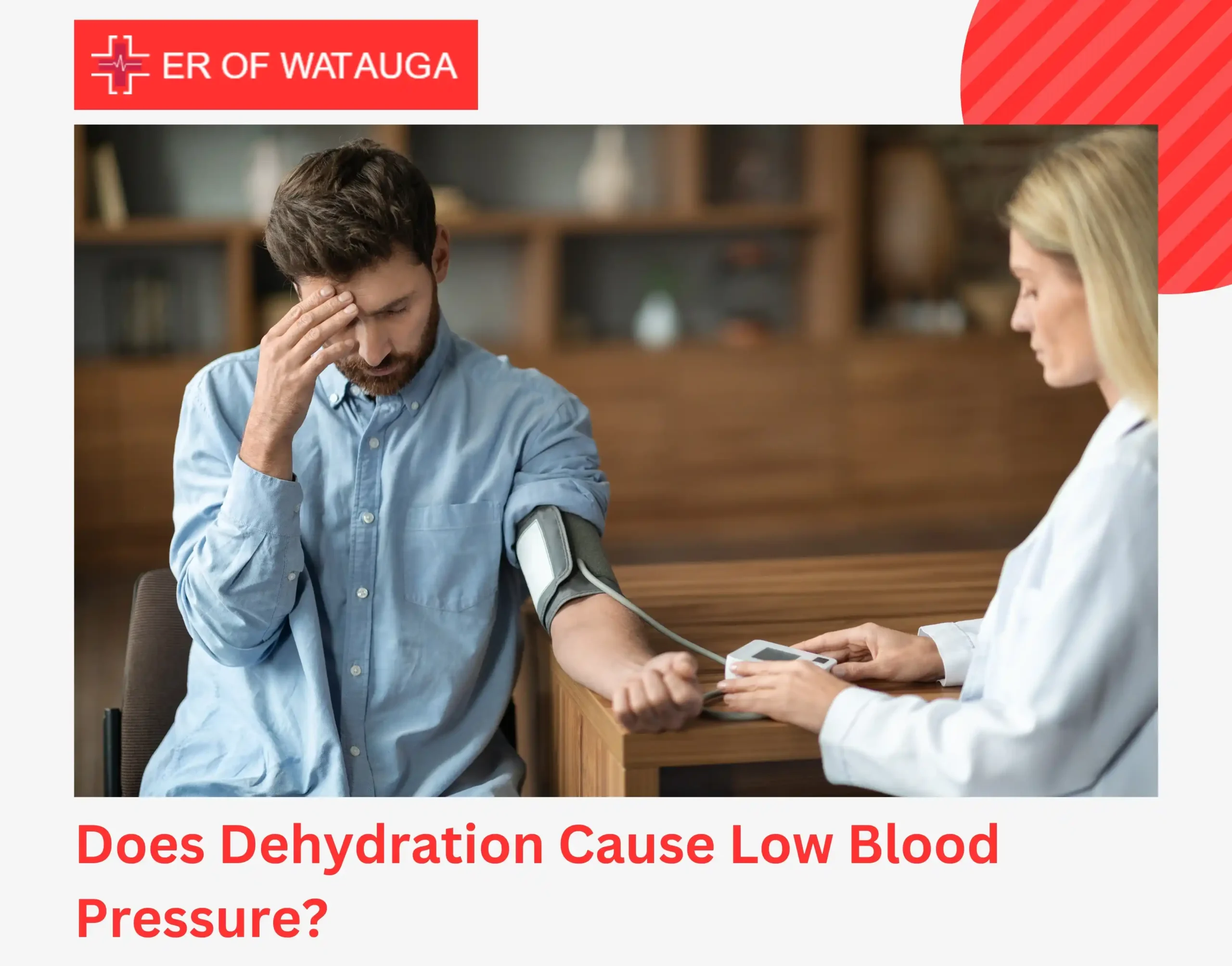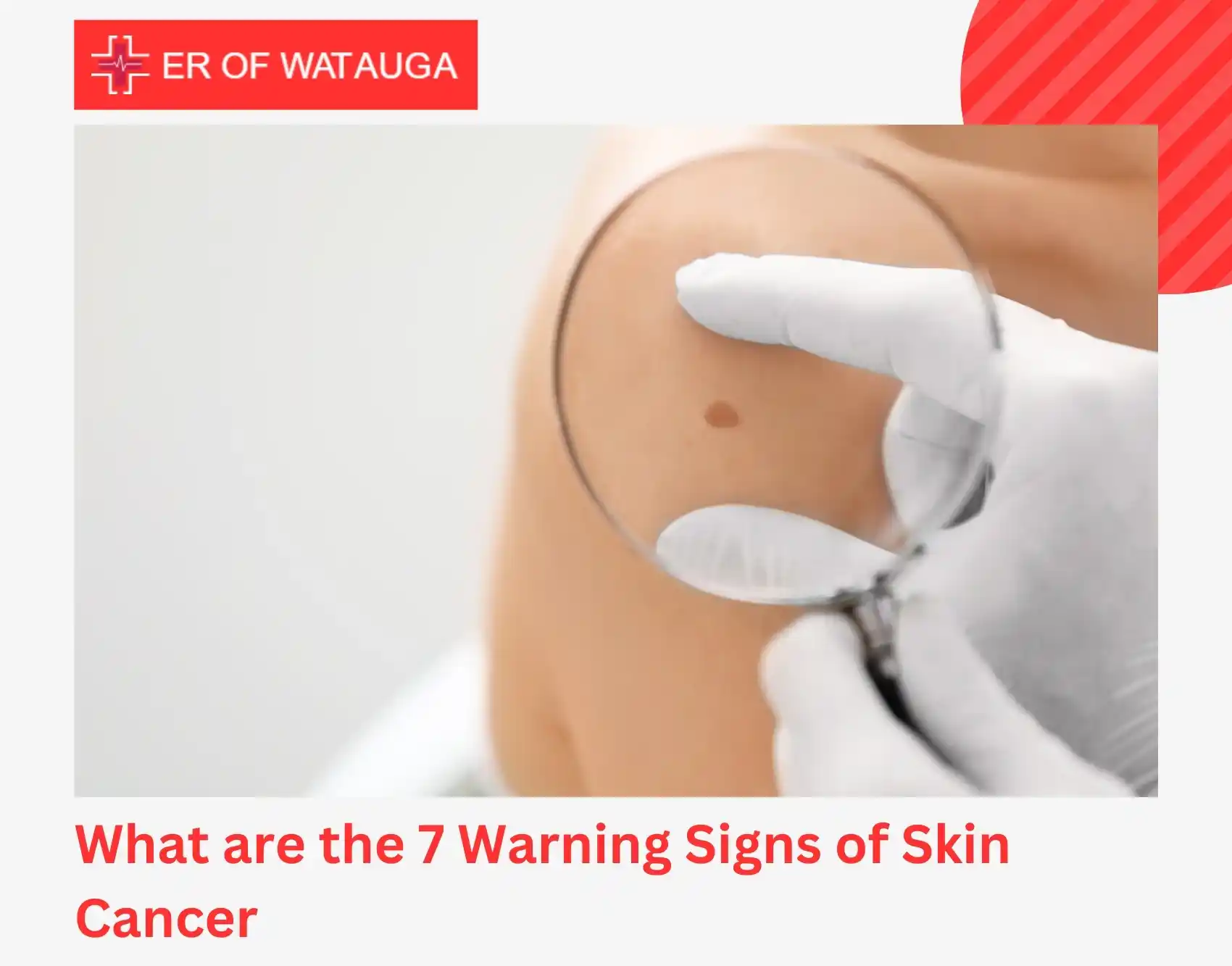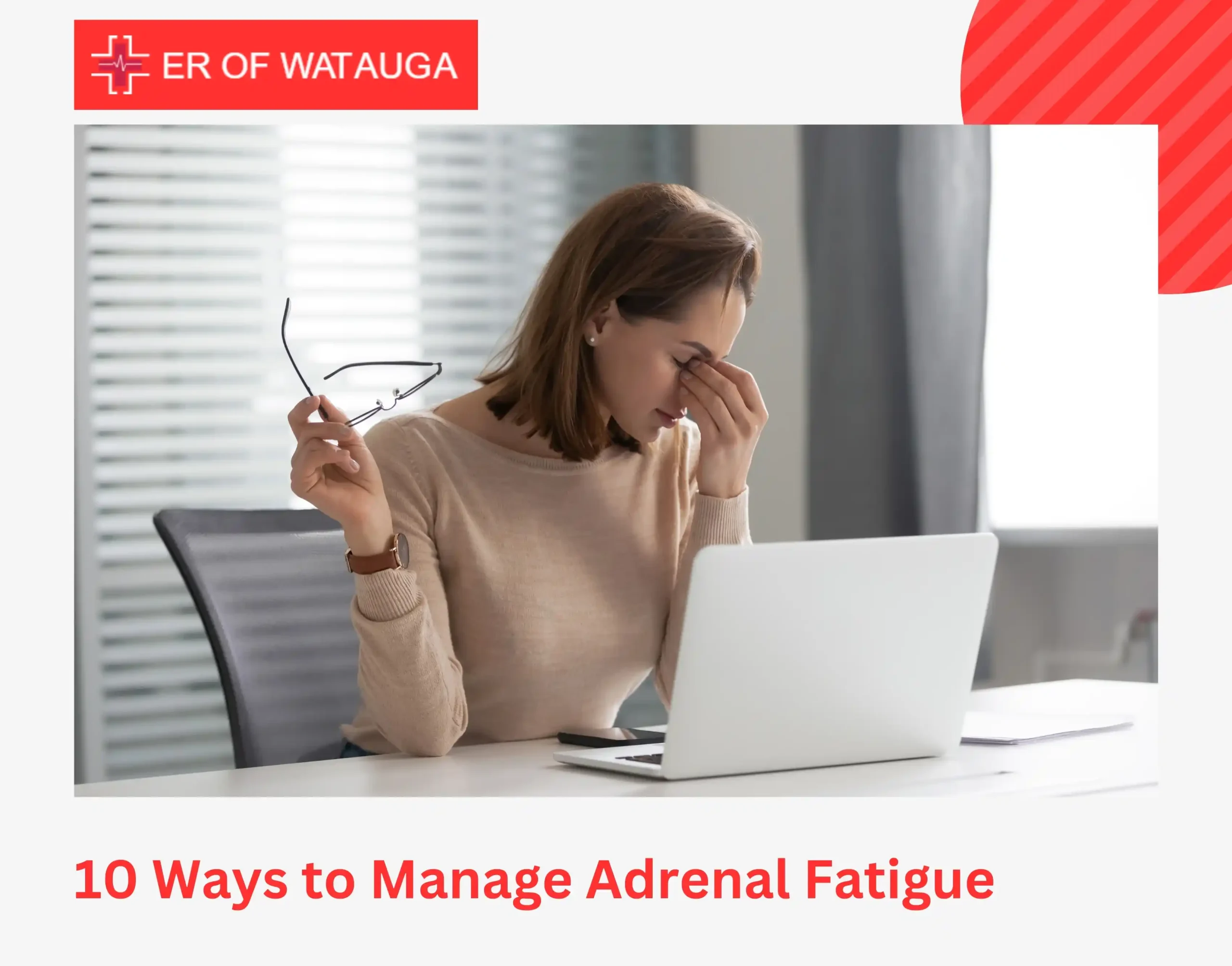Are you dealing with a nagging pain after a fall or intense activity? This guide introduces you to the knowledge you need to decode avulsion fractures whether you are an expert athlete or interested in understanding the body. In this guide, we aim to assist you in understanding avulsion fractures, has been developed by experts in this field. At the ER of Watauga, we provide an individualized approach with decent treatment plans to make you heal from an avulsion fracture.
We will carefully investigate factors that can result in quite a wide variety of injuries from hardcore sporting activities to some normal activities. Following that, we’ll tackle the diagnostic tools employed by doctors in finding avulsion fractures and discuss the different ways of treating them. We will guide you in the way forward and how to pick from where you left off as well as provide you with advice on resuming your normal activities.
What is an avulsion fracture?
Unlike a common break which always occurs due to forceful application, avulsion factures are different; they do not directly result from an immediate knock that is given. The torn pieces of bone do not have a separation from the main bone. They happen when a bone overcomes the smaller pieces of pull off the bone site where ligaments or tendons join.
When a piece of the bone that is linked to the tendon or ligament breaks from the main part of the bone, it will be called an avulsion fracture. Ligaments have an important role in keeping your bones, joints, and organs in their correct places, while the tendons serve to attach muscles to bones. With a dislocation in avulsion fracture, your bone can move one way, while your tendon or ligament can move in the opposite direction tugging out the fractured bone with it.
In most cases, you experience this during the moments you shift your body direction. Any hinge bone can have an avulsion fracture when the movement puts high pressure on a tendon or a ligament that links to the bone. The bones that are most at risk of an avulsion fracture include:
- Elbow bones
- Ankle and foot bones
- Knee bones
- Finger and wrist bones
- Pelvis and hip bones
- Spine bones
Are avulsion fractures serious?
It might strike your mind if your injury is bad enough that you need to be treated by ER staff. You may not be able to understand things that complicated and you may get confused on whether your symptoms need emergency treatment. However, both cases are fragile, even the avulsion fractures.
Go to the hospital’s emergency department if you might have fractured a bone (this will help you take good care of yourself). Your health might be at risk under the care of an untrained individual; hence medical attention from certified professionals assures that you do not harm yourself during the healing process and you can return to your usual duties.
Who do avulsion fractures affect?
Avulsion fractures are common in athletes and performers like football players, ballet dancers, gymnasts, and skiers. The high-impact movements they often engage in put the athletes at high risk of avulsion fractures. Their actions could well comprise such drastic variances of direction, jumping, and kicking.
However, a sprained ankle is still an injury to watch out for as it is similar to a break called an avulsion fracture. An avulsion fracture is exceptionally painful, and it can be restless to stop your favorite sports activity or another activity that you like more. If you have difficulties with your physical or emotional health, please inform your doctor. Treatment will be very helpful and time-consuming to overcome this difficult situation.
What are the symptoms of avulsion fractures?

After sudden, severe pain, the most common symptoms of avulsion fractures include:After sudden, severe pain, the most common symptoms of avulsion fractures include:
Bruising
Swelling
Muscle pain
Such a popping or cracking noise
Pain that gets transferred to other surrounding sites of your body
Your healthcare provider needs to understand all of your symptoms to give you an accurate diagnosis. It’s better for them to point fingers when they know all the small details. You can assist them in making the optimal decision for you by giving them the most information possible.
What causes avulsion fractures?
Sports players are exposed to various forms of risk at all times. The most frequent triggers of an avulsion fracture are various contact sports like lacrosse, boxing, and football. It’s because contact sports involve movements that stress your limbs, such as:
- Suddenly changing direction
- Sprinting
- Kicking
- Leaping
- It plunges as an athlete falls on the outstretched arm
- Rush hour, surge hour, where everything becomes sudden and extreme. Faster, slower
- Taking a swing, like when a boxer hits another player on the field to defend from quarterback attacks
- Sliding: It is like a baseball or softball player sliding “home”
How are avulsion fractures diagnosed?
The emergency department staff consisting of healthcare providers will talk with you concerning your injury issue. They’ll check up on you and even run tests to help determine the kind of break you have suffered. They will examine the fracture site and decide if you can still move your limbs. Following the procedure, additional tests such as CT forecast are given. Tests might include:
- A high-resolution CT (Computed Tomography) scan can reveal even the slightest displacement of bone or damage to soft tissues like ligaments and tendons.
- CT scans/computerized tomography to visualize the soft tissues, as well as the organs, and to offer a more accurate view of the bones and joints. However, a focused assessment of the area will be carried out in case the X-rays provide ambiguous results.
What questions might a healthcare provider ask to diagnose avulsion fractures?
The emergency room healthcare providers should attend to you by asking you questions when you come in. Their main aim is to come to the bottom of what happened to you and to have only the best treatment methods performed. Questions might include:
- When were you injured?
- What type and how gravely? Instructions: Humanize the given sentence.
- What are your symptoms?
- Do you take some medicine?
- Give the health provider a detailed account of your ailment. It may help in this or that by diagnosis and treatment.
How are avulsion fractures treated?
The type of treatment depends on which bone was affected by the type of avulsion fracture. Generally, treatment for an avulsion fracture includes:
- A cast or a splint that immobilizes the joint
- Anti-inflammatory medications
- Restriction of activity
- Icing the area
- Physical therapy with exercises
Once the wound has healed, your doctor likely will prescribe ROM exercises that are carried out with the help of a physical therapist. Sometimes surgery may be necessary in the event of serious injuries with joint instability.
What is the avulsion fracture ankle healing time?
The hard substance that a bone consists of would immediately start healing once it breaks. It justifies the reason why immediate alignment and protection of these bones (a cast does this) are essential here. Whether it be weeks or months, your avulsion fracture will have completed healing as soon as your bones are finally starting to grow back. The steps include:
In response, your body forms a blood clot and fills the fracture site with a callus. The blood clots are usually in a solid state rather than liquid and more like a gel. In the healthy foot, dense firm collagen forms a callus. The clot forms and it’s when the callus replaces it in turn. They also serve the purpose of securing broken bones.
The cell culture in which the cell grows out of the bone which broke off, and also from the main bone is called the osteogenic cell culture. The cell will find a way to get around a “thread” formed by them, which is getting closer to a cell like they were hands trying to reach each other. The threads bring the callus as they heal gradually. The part that got separated while the bone was breaking gets back to its original place, which is the main bone.
Who needs surgery for an avulsion fracture?
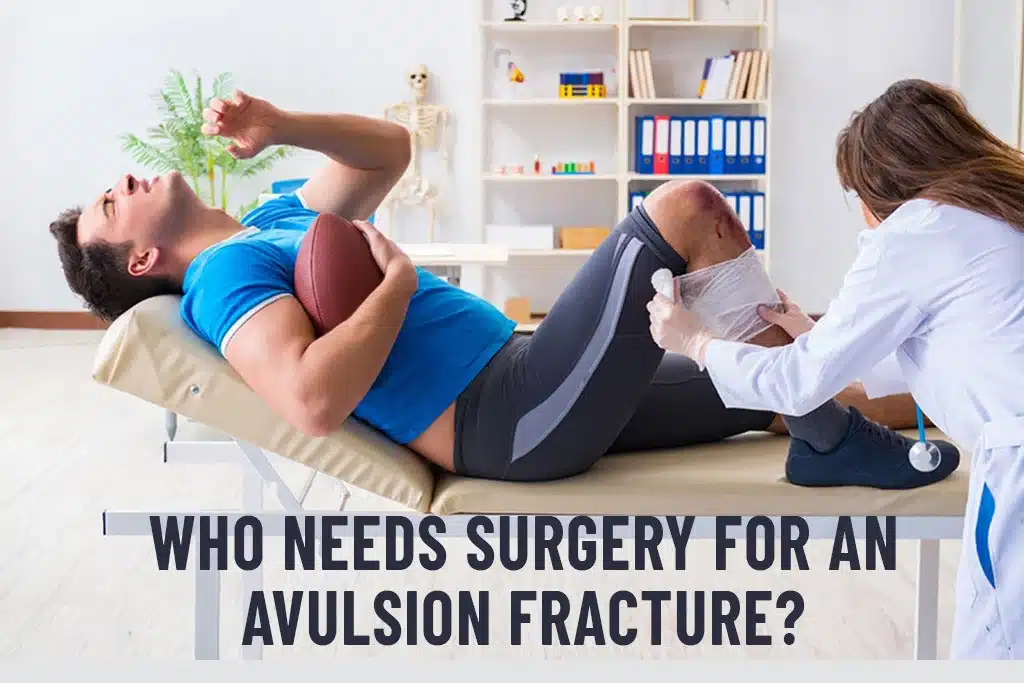
Generally, not many avulsion fractures are operated on. But in case the second situation of an injury is present, where the bone is not connected to the tendon or ligament with a distance of more than 2 centimeters. Your surgeon should perform one of two procedures:
Open reduction: The doctor cuts (makes an incision) your body, and then adjusts the bones in place.
Internal fixation: The surgeon has to use metal plates and screws to fix your bones in proper alignment. To illustrate hardware, the use of pins, plates, screws, and rods can be given.
What is the avulsion fracture ankle recovery time?
For a few weeks, there could be a need for a cast or splint on your body. Fracture mostly is in the range of three to 12 weeks to await full recovery. Avulsion fracture of the pelvis or anywhere else where your doctor cannot provide you a cast is under the advisor which for the short period of rest followed by crutches is very helpful.
Your medical practitioner may permit you to apply weight after two weeks, or even advise avoiding contact sports till you recover fully. Confirm with your healthcare provider at which time you can get back into sports. After all, if you go too early, you may get injured again.
How can I reduce my risk of avulsion fractures?
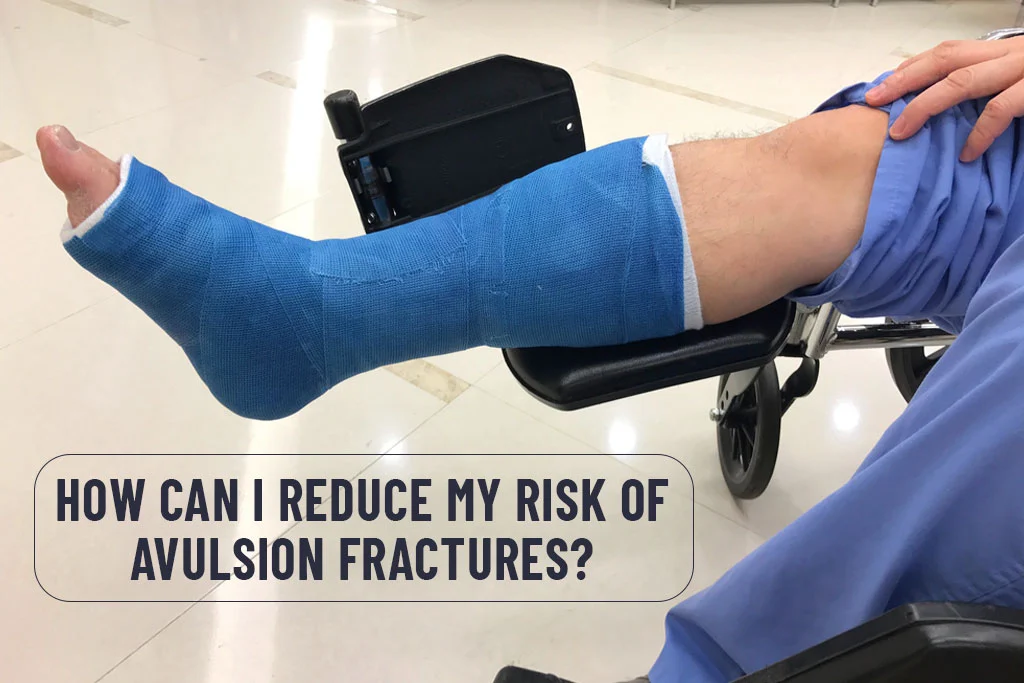
An avalution fracture is not totally preventable, but you can take steps to reduce the risk of such occurrence. Athletes might reduce their risk of an avulsion fracture by taking some helpful steps, including:
It is recommended that you allocate just a few minutes for stretching and warm-up before practicing or competing.
Don’t be too hard on yourself and force yourself to do tasks that may be too difficult for you. Taking precautions should provide reliable protection against all kinds of injuries.
When should I see my healthcare provider?
Go to the emergency department when you think you’ve probably had a fracture. An avulsion fracture is an emergency of high order for which urgent medical attention is required.
What questions should I ask my healthcare provider about avulsion fractures?
It might be that you have a problem with avulsion fracture and you really don’t know how it will affect your condition. With questions, you will be able to figure out what is behind it and what comes next. You could ask some of the following questions when you see your healthcare providers:
- Am I required to have physical therapy?
- Should I add another form of the medical specialist’s name?
- When should I break to continue workout sessions?
- How long exactly does it take until I’ll be relieved from a cast?
- From what moment can I start using body braces?
- Will you allow your child to play sports again?
- When can I grab my boards again?
- Will I be able to do it if I hit the stage again?
Conclusion
Avulsion fractures, in contrast with the general impression, maybe a treatable injury. From identifying the reasons, treatments, and healing journey covered within the guide, you are already taking a big step towards the restoration of your health. Your body is the greatest machine that could exist and by providing the appropriate care it could heal and come back to the total power. So, remain informed, pay close attention to your body’s signals, and be mentally prepared to keep going with confidence. ER of Watauga is your go-to emergency room offering personalized care, reliable diagnostic tests, and effective treatment plans. Contact us now to book an appointment or to get further information.
FAQs
Can I get an avulsion fracture from a non-athletic activity?
The avulsion fractures are common in athletes as the result of intense training. However, everyday activities might lead to their appearance, too. Unexpected changes in motion, like an inertia stop or a rough cough, may be sufficient to follow an avulsive fracture.
How long does it take to recover from an avulsion fracture?
With various factors being considered, such as the degree of tear and the bone involved, the time frames of recovery for an avulsion fracture can be different. This often takes 6-8 weeks for the reconnection and the medicine to work. Nonetheless, with good efforts, it could take longer to recover to the full level of strength and flexibility in the damaged area, this is mainly the case with athletes who need to be very mobile.
Do I always need surgery for an avulsion fracture?
Luckily, the vast majority of avulsion fractures recover well without surgery. Treatments usually involve immobilization with a cast or braces, and physical therapy to restore strength and freedom of movement. Surgery may be considered for cases where the bone is pulled out of place so excessively or involves an essential growth plate in the children.
Will I have any long-term complications from an avulsion fracture?
Though rare, avulsion fractures may present some late complications when not attended to with proper care. These include stiffness at the joint which is affected, aching pain, or a limping gait that could be caused by ligament or tendon injury. Proper diagnosis at an early stage and appropriate therapy appear to be very efficient in the prevention of the following side effects.
Can I prevent avulsion fractures?
Among several strategies, particular ones will give you the best protection against the disaster of avulsion fractures. Good flexibility could be ensured through regular stretching exercises, proper warm-up and cool-down routines before and after the workout, gradual elevating exercise intensity, and other methods. Furthermore, adding strength workouts can improve the stability of the whole body and, as a consequence, decrease the chance of unbalanced pulls in the bones.

